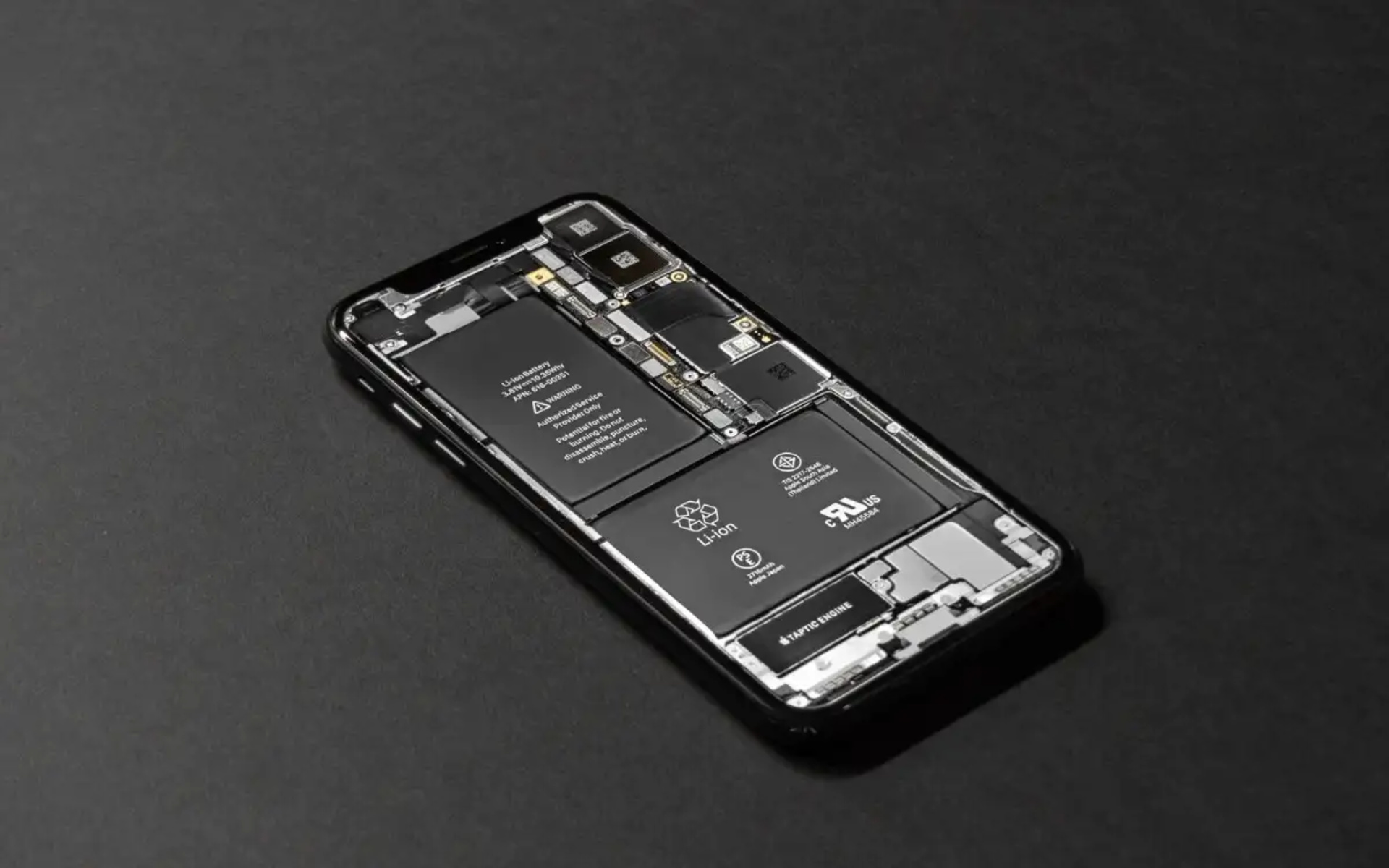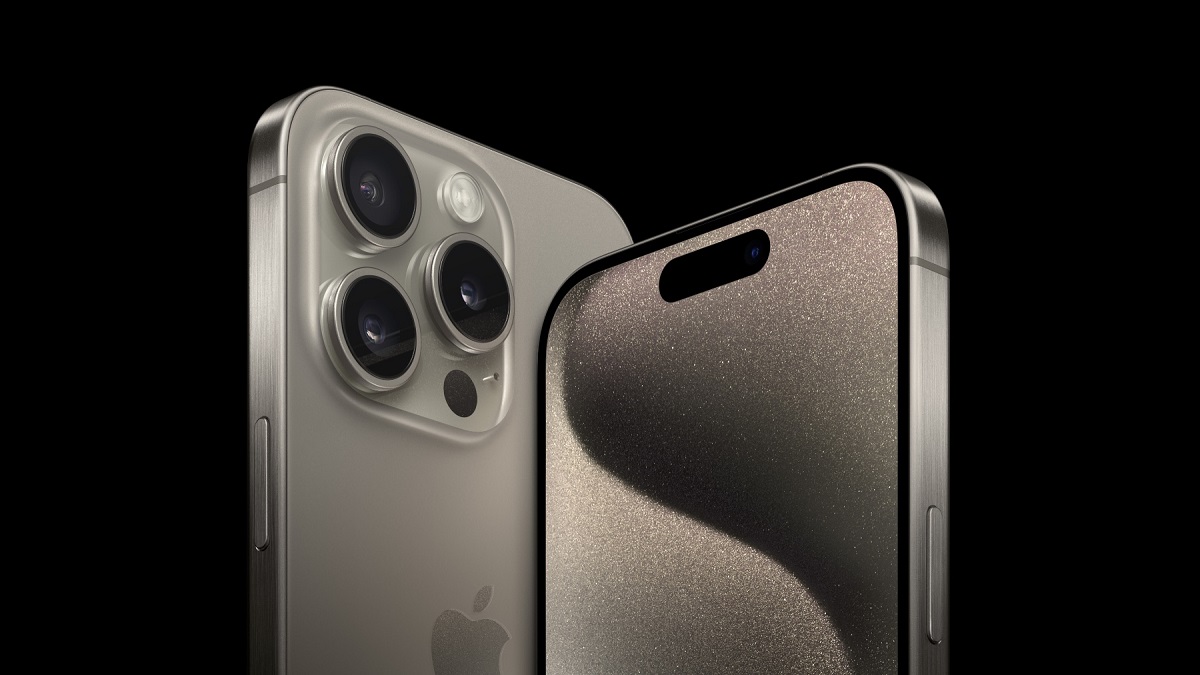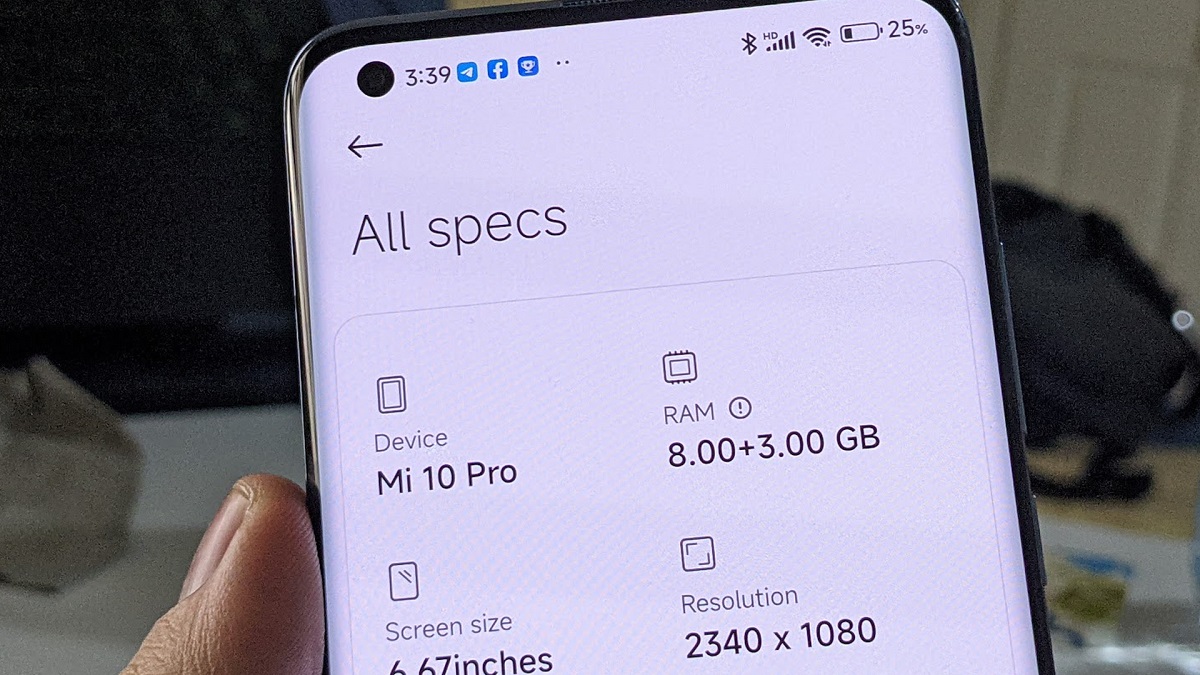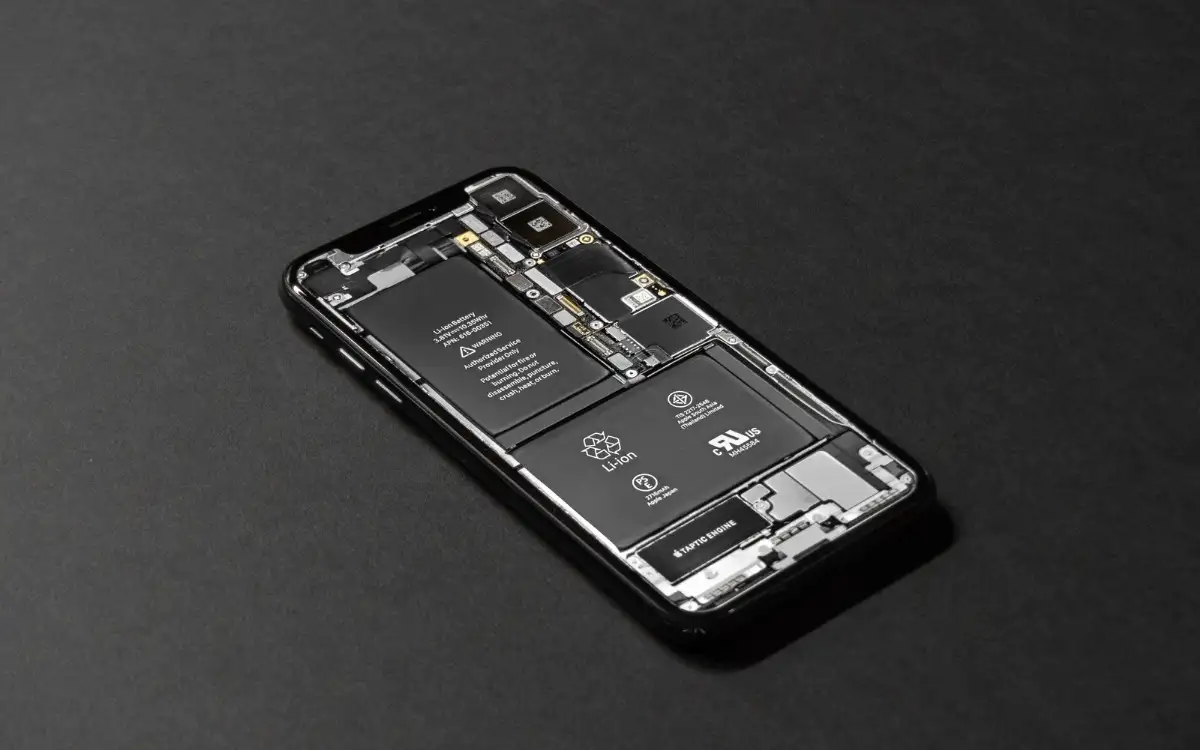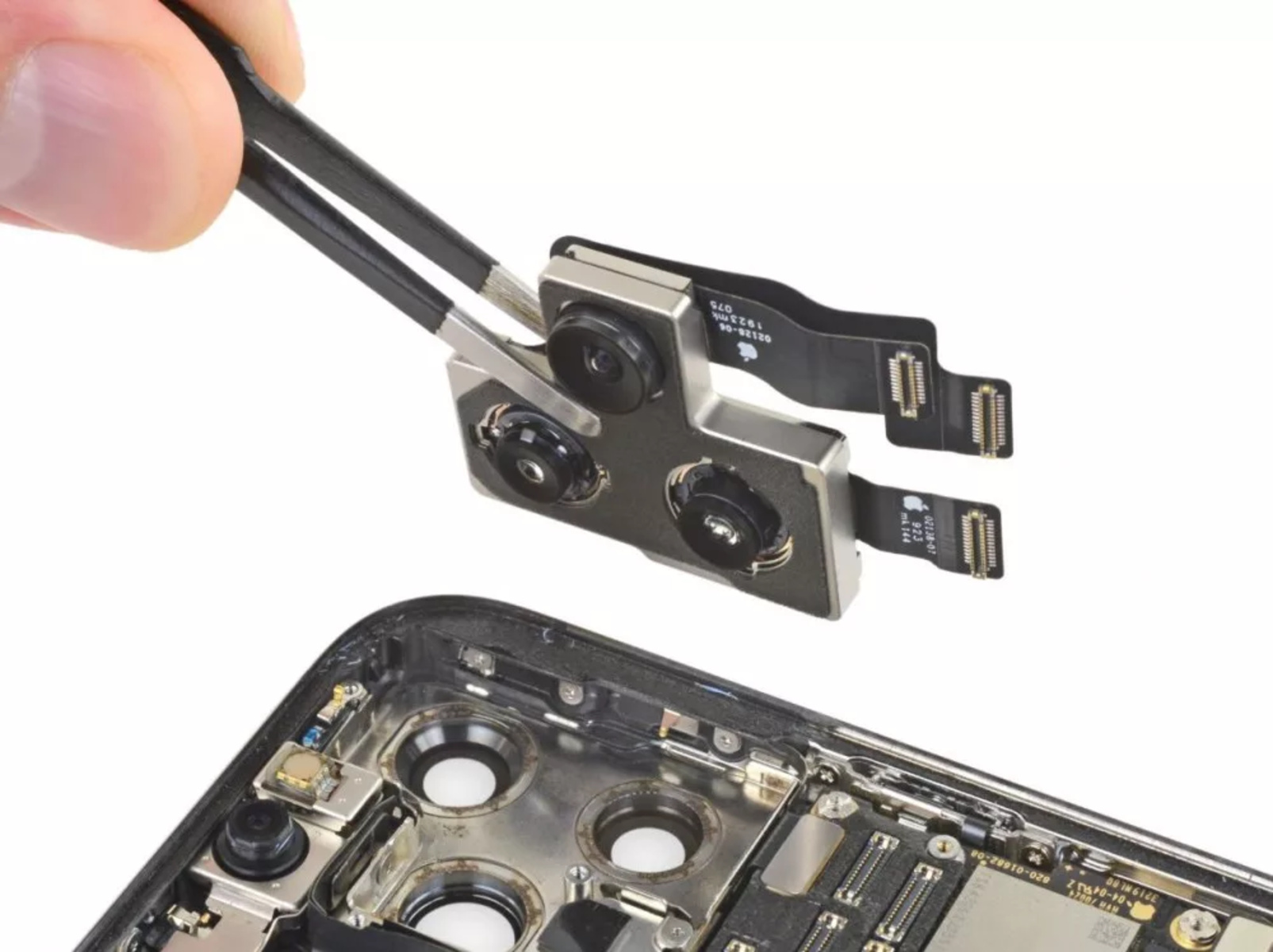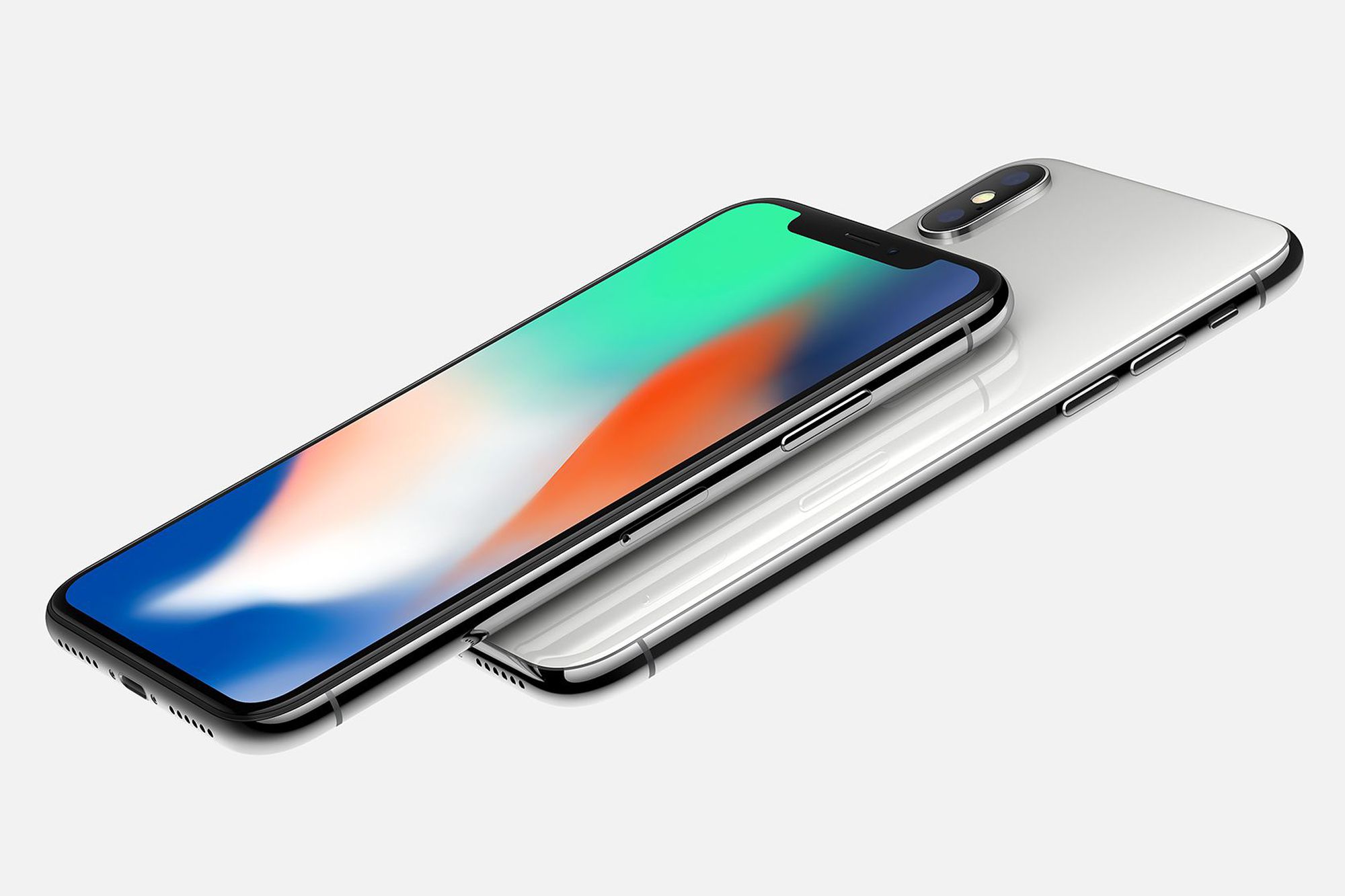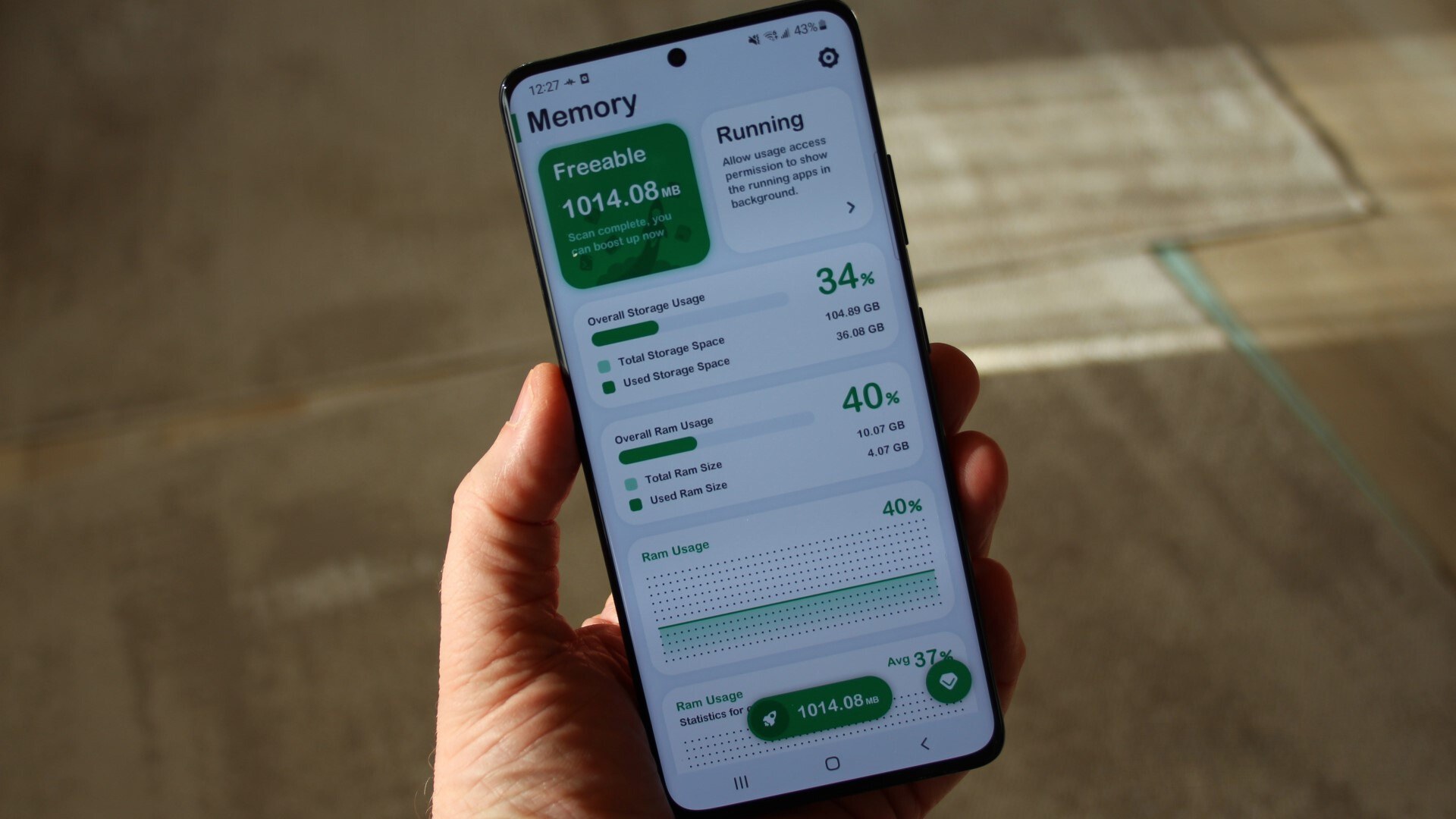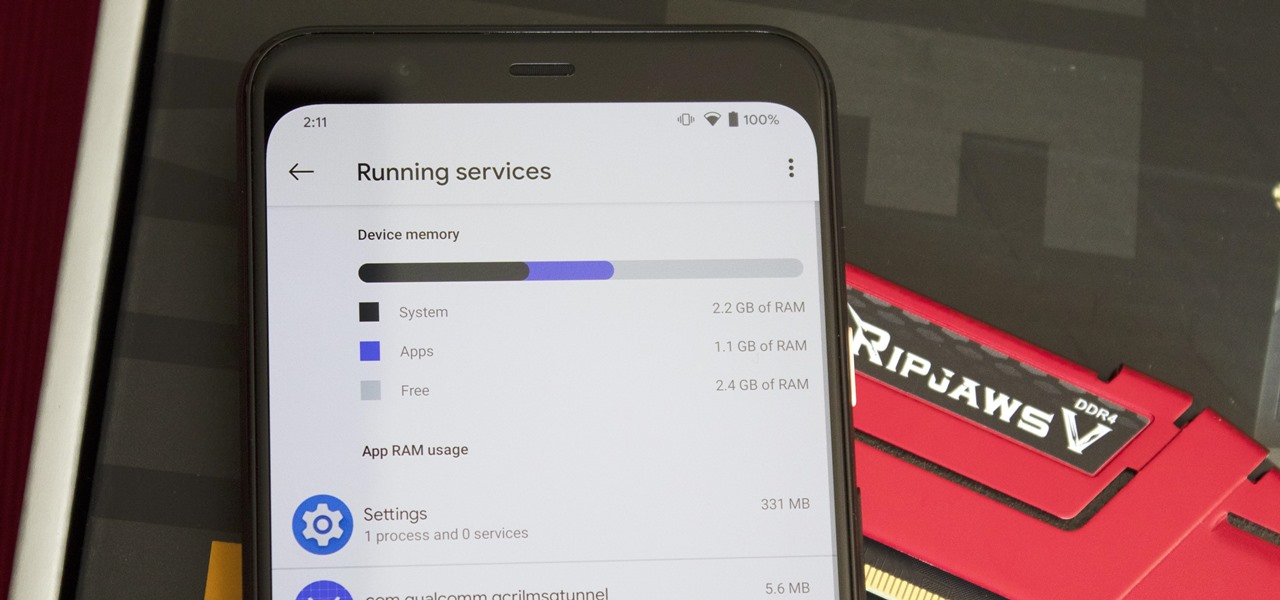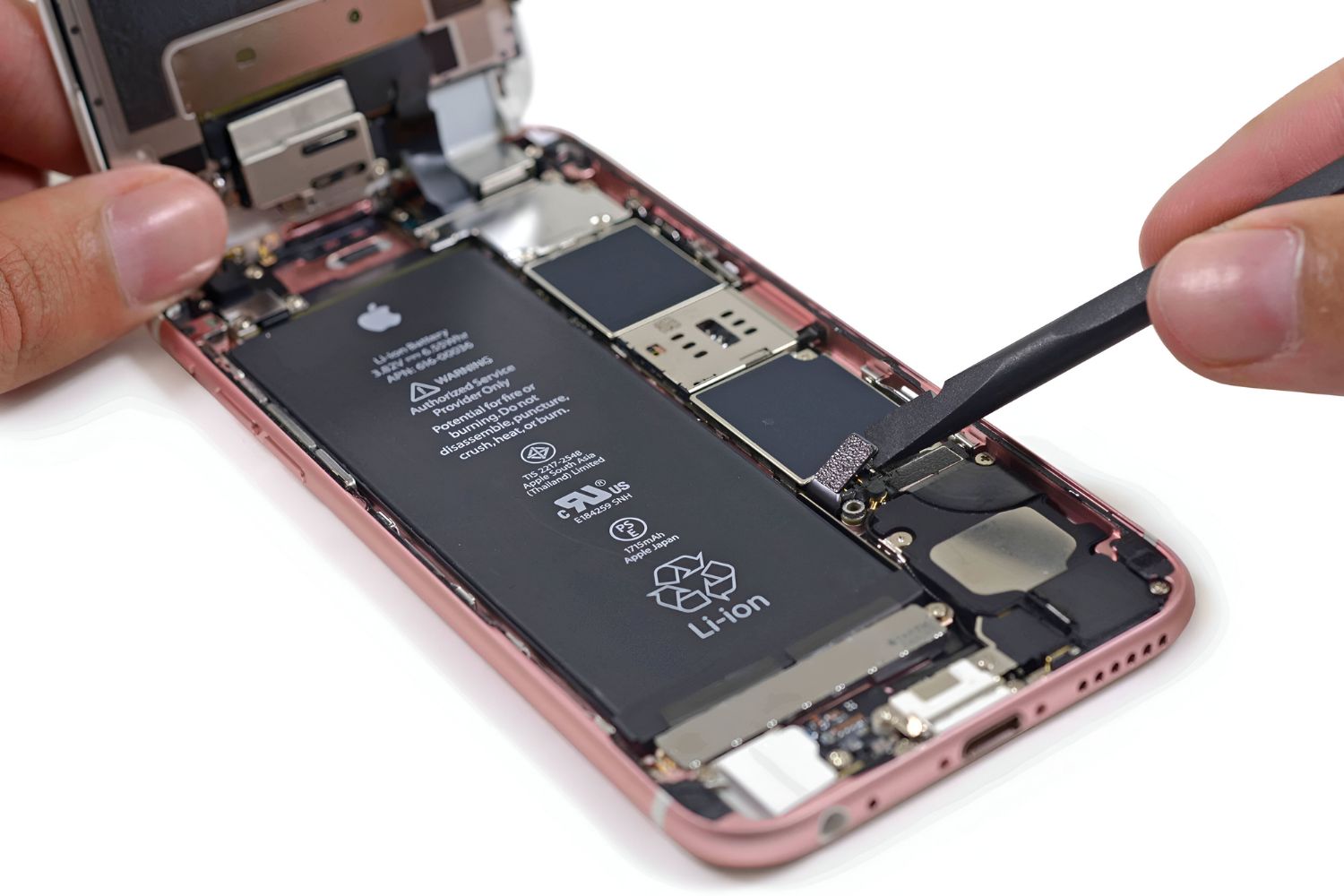Introduction
When it comes to choosing a smartphone, there are several factors to consider, from the camera quality to the battery life. One crucial aspect that often gets overlooked is the amount of RAM, or Random Access Memory, that the device has. RAM plays a vital role in the performance and multitasking capabilities of a smartphone. It affects how quickly apps open, how seamlessly they run, and how well the device handles multitasking.
RAM acts as a temporary storage for the device’s active applications and processes. It allows for quick access to the information needed, which helps in providing a smooth and responsive user experience. The more RAM a phone has, the better it can handle intensive tasks such as gaming, photo editing, and multitasking between multiple apps. However, having too much RAM can be overkill and unnecessary for the average user, resulting in higher costs without noticeable benefits.
In this article, we will explore the importance of RAM in smartphones and discuss the factors to consider when choosing the right amount for your needs. We’ll also delve into how RAM affects performance, examine RAM management on different operating systems, and look at how it interacts with other hardware components. Additionally, we’ll touch on the future trends in smartphone RAM to give you a glimpse of what to expect in the coming years.
By the end of this article, you’ll have a better understanding of how RAM impacts your smartphone experience and how to make an informed decision when selecting a device based on its RAM specifications. So, let’s dive in and discover how much RAM a phone should have.
The Importance of RAM in Smartphones
RAM plays a crucial role in the overall performance and functionality of smartphones. It serves as a temporary storage for active processes and applications, allowing for efficient multitasking and smooth operation. Here are a few key reasons why RAM is important in smartphones:
- Improved Performance: With an ample amount of RAM, smartphones can handle resource-intensive tasks with ease. Whether you’re playing graphics-intensive games, editing videos, or running multiple apps simultaneously, having sufficient RAM ensures smooth and responsive performance.
- Efficient Multitasking: RAM enables smartphones to seamlessly switch between different applications, allowing you to quickly check emails, browse the web, and stream videos without any lag. It ensures that apps remain in memory, so you can switch back to them instantly without reloading.
- App Loading Speed: More RAM means faster app loading times. Apps stored in RAM can be accessed quickly, reducing the waiting time for apps to open and enhancing the overall user experience. This is particularly important for heavy apps and games that require significant processing power.
- Smooth Navigation: RAM also contributes to the smooth navigation of the smartphone’s user interface. It helps in navigating through menus, opening and closing apps, and switching between screens seamlessly, without any delays or hiccups.
- Enhanced Futureproofing: As technology advances and new software updates are released, the demand for more RAM increases. By choosing a smartphone with sufficient RAM, you are futureproofing your device to some extent, ensuring that it can handle the demands of future software updates and new applications.
While the importance of RAM cannot be overstated, it is worth noting that the requirements vary depending on individual usage patterns. Casual users who primarily use their smartphones for everyday tasks like browsing social media, checking emails, and light gaming can typically get by with a lower amount of RAM. On the other hand, power users, gamers, and professionals who frequently use resource-intensive applications will benefit from having higher amounts of RAM to ensure optimal performance.
In the following sections, we will explore the factors to consider when choosing the right amount of RAM for your smartphone needs.
Factors to Consider When Choosing the Right Amount of RAM
When selecting a smartphone, it’s important to consider your specific needs and usage patterns to determine the right amount of RAM for your device. Here are a few factors to consider:
- Usage and Activities: Consider the type of tasks you frequently perform on your smartphone. If you’re a casual user who primarily uses social media apps, web browsing, and light gaming, 4GB to 6GB of RAM should suffice. However, if you’re a power user or indulge in resource-intensive activities like video editing or high-end gaming, opt for devices with 8GB or more RAM for optimal performance.
- Operating System: Different operating systems have varying RAM requirements. If you’re using an Android device, keep in mind that the OS itself consumes a significant amount of RAM. Therefore, devices with at least 4GB of RAM are recommended for smooth performance. On the other hand, iOS devices typically require less RAM due to their optimized software, so devices with 2GB to 4GB of RAM are generally sufficient.
- Futureproofing: Consider how long you plan to keep your smartphone. If you intend to use it for several years or anticipate the need to run demanding future applications or software updates, opt for devices with higher RAM capacities. This will help ensure that your device remains capable of handling future advancements in technology and software requirements.
- Budget and Value for Money: Higher RAM capacity often comes with a higher price tag. Evaluate your budget and determine the right balance between performance and cost-effectiveness. Consider the overall specifications and features of the device rather than focusing solely on RAM. It’s important to find a device that offers the right balance of performance, RAM capacity, and value for money.
- Brand and Model: Different smartphone brands and models have varying levels of optimization and software efficiency. Research and read reviews to determine which brands or models provide better RAM management and overall performance. A device with efficient RAM management can offer better multitasking capabilities and a smoother user experience.
By considering these factors, you can make an informed decision and choose the right amount of RAM that suits your needs and preferences. Remember, while having more RAM generally leads to better performance, it’s essential to strike a balance between your requirements and the cost of the device.
In the next sections, we will delve into the basic RAM requirements for different user types and explore how RAM affects performance and multitasking on smartphones.
Basic RAM Requirements for Different User Types
When it comes to determining the basic RAM requirements for different user types, it’s essential to consider the typical activities and usage patterns of individuals. Here, we will discuss the RAM requirements for three common user types:
- Casual Users: Casual users typically engage in light tasks such as checking emails, browsing social media, and using basic apps. For this user type, smartphones with 4GB to 6GB of RAM are generally sufficient to provide smooth performance. This amount of RAM allows for seamless multitasking between a few apps without experiencing lag or slowdowns.
- Power Users and Gamers: Power users and gamers engage in resource-intensive activities that require higher processing power and memory. Power users who frequently use productivity applications, multitask between numerous apps, or work on creative tasks like photo editing or video rendering would benefit from smartphones with 8GB or more RAM. Gamers who play graphics-intensive games with detailed graphics and complex gameplay would also benefit from devices with higher RAM capacities as it allows for smoother gameplay and reduces loading times.
- Professionals and Content Creators: Professionals and content creators who rely on their smartphones for demanding tasks such as video editing, graphic design, or running specialized software would require devices with a higher amount of RAM. These tasks often involve working with large files and require substantial memory to ensure smooth operation. For this user type, smartphones with 8GB or more RAM are recommended to provide the necessary processing power for complex tasks.
It’s important to note that these RAM requirements are basic guidelines and can vary based on individual preferences and usage patterns. Some individuals may require more RAM for their specific needs, while others may be able to make do with less. Additionally, as technology advances and applications become more demanding, it’s always a good idea to opt for devices with higher RAM capacities to future-proof your smartphone and ensure it can handle upcoming software updates and resource-intensive applications.
In the next section, we will explore how RAM affects performance and multitasking on smartphones.
How Does RAM Affect Performance and Multitasking?
RAM plays a crucial role in the performance and multitasking capabilities of smartphones. It directly impacts how efficiently a device can handle multiple applications and processes simultaneously. Here are a few ways in which RAM affects performance and multitasking:
- App Loading and Responsiveness: When an app is opened, it is loaded into the RAM for quick and easy access. The more RAM a smartphone has, the more apps can be stored in memory. This results in faster app loading times and a more responsive user experience since the apps can quickly access the necessary resources they need to run smoothly.
- Smooth Multitasking: RAM allows for seamless multitasking by holding multiple apps and processes in memory. With ample RAM, you can effortlessly switch between apps without having to wait for them to reload. This is particularly important for power users who frequently switch between different applications and services.
- Reduced Overhead and Lag: Insufficient RAM can lead to performance issues such as lag and overhead. When the RAM is nearing its capacity, the smartphone may resort to using virtual memory or page files, which are less efficient and can slow down the device. By having more RAM, you can reduce the reliance on virtual memory and minimize lag, resulting in a smoother overall performance.
- Enhanced Gaming Experience: Gaming is one of the most resource-intensive tasks on a smartphone. Games often require significant amounts of RAM to store game assets, textures, and other data. With higher RAM capacity, a smartphone can provide a more immersive and smooth gaming experience, reducing game load times and increasing frame rates.
- Resource-Intensive Applications: Resource-intensive applications, such as video editing software or graphic design tools, require significant amounts of RAM to process and manipulate large files. Insufficient RAM can result in slower rendering times and overall performance. Having ample RAM allows for efficient handling of these applications, ensuring a smooth and productive experience.
It’s important to note that while increasing RAM can improve performance, there are other factors at play as well. The processor, storage speed, and software optimization also influence the overall performance of a smartphone. Therefore, it’s essential to consider these factors in conjunction with RAM when evaluating a device’s performance capabilities.
Next, we will explore how different operating systems manage RAM and its impact on smartphone performance.
RAM Management on Different Operating Systems
RAM management plays a critical role in how efficiently a smartphone utilizes its available memory resources. Different operating systems have varying approaches to RAM management, which can impact overall device performance. Let’s take a look at how RAM is managed on two popular operating systems:
- Android: Android smartphones employ a dynamic RAM management system that aims to balance the available memory between active apps and background processes. Android utilizes techniques such as app prioritization, selective memory eviction, and memory compression to optimize RAM usage. It automatically closes unused apps in the background to free up memory when needed, ensuring smooth multitasking and responsive performance. Some Android devices also come with additional features like “RAM boost” or “RAM cleaning” that provide temporary memory optimization. However, it’s worth noting that these features may have limited impact on overall performance.
- iOS: Apple’s iOS operating system is known for its efficient memory management. iOS devices have a robust memory management system that prioritizes active tasks and intelligently allocates and deallocates memory resources. The operating system closely monitors background apps and aggressively manages memory usage to ensure smooth performance. iOS is designed to handle memory pressure effectively, minimizing the need to close apps manually. This allows for seamless multitasking and optimized RAM utilization. Moreover, iOS devices generally require less RAM compared to Android devices due to their optimized software and tight integration with hardware.
Both Android and iOS handle RAM management differently, and their approaches have their respective strengths and weaknesses. Ultimately, the effectiveness of RAM management can vary depending on the device’s hardware, software optimization, and specific usage patterns.
It’s important to note that while the operating system manages RAM allocation, users can also take steps to optimize their smartphone’s memory usage. Closing unused apps, clearing cache regularly, and avoiding resource-heavy apps can help improve overall performance and reduce memory usage.
Now that we’ve explored RAM management on different operating systems, let’s move on to discussing how RAM should be balanced with other hardware components in smartphones.
Balancing RAM with Other Hardware Components
When it comes to smartphone performance, RAM is just one piece of the puzzle. The amount of RAM should be balanced with other hardware components to ensure optimal performance and a seamless user experience. Here are a few key hardware components to consider when balancing RAM:
- Processor: The processor, or CPU, is responsible for executing tasks and calculations on a smartphone. It works in conjunction with RAM to deliver smooth performance. A powerful processor paired with ample RAM allows for quick app launches, smooth multitasking, and seamless performance, especially with resource-intensive tasks like gaming or video editing. When considering RAM, it’s important to ensure compatibility and synergy with the processor.
- Storage: While RAM provides temporary storage for active apps and processes, storage is where all your data is stored long-term. Both RAM and storage are important for overall device performance. Opt for smartphones with adequate internal storage, as it impacts the device’s ability to handle large apps, store media files, and maintain efficient multitasking. Additionally, faster storage technologies, such as UFS or NVMe, can enhance data transfer speeds and improve overall system responsiveness.
- Battery Capacity: RAM, along with other hardware components, can have an impact on battery life. Devices with higher RAM capacities tend to consume more power, especially when running resource-intensive tasks. Balancing RAM with a sufficient battery capacity ensures that the smartphone can handle demanding tasks without draining the battery too quickly. Consider devices with larger battery capacities to support the extra power requirements of higher RAM configurations.
- Display Resolution: The display resolution affects the overall visual experience and can affect the device’s performance. Higher-resolution displays require more processing power and RAM to render graphics smoothly. When opting for devices with higher-resolution displays, ensure they are paired with sufficient RAM to maintain smooth performance while navigating through apps, browsing the web, or playing games.
- Software Optimization: Hardware components, including RAM, can only perform at their best if properly optimized by the software running on the device. Efficient software optimization ensures that RAM is utilized effectively, reducing unnecessary background processes and optimizing memory allocation. Look for devices with well-optimized operating systems and regular software updates to maximize the performance of your smartphone.
It’s important to strike a balance between RAM and other hardware components to ensure that your smartphone can handle your specific needs. Consider your usage patterns, prioritize the hardware components that are most important to you, and find a device that offers the right combination of RAM, processor, storage, battery capacity, and display resolution for a well-rounded smartphone experience.
Now, let’s explore the future trends in smartphone RAM and what advancements we can expect in the coming years.
Future Trends in Smartphone RAM
As technology continues to advance at a remarkable pace, the future of smartphone RAM holds promising developments to further enhance performance and user experience. Here are a few trends we can expect to see in smartphone RAM:
- Increased RAM Capacities: With the growing demand for more powerful smartphones, manufacturers are likely to increase the RAM capacities in upcoming devices. We can anticipate smartphones with 10GB, 12GB, or even higher RAM configurations becoming more commonplace, allowing for even smoother multitasking, faster app loading, and improved overall performance.
- Advanced Memory Technologies: RAM technologies are also evolving to deliver faster data transfer speeds and improved power efficiency. DDR5 RAM is on the horizon, offering significantly higher bandwidth and reduced power consumption. Additionally, LPDDR5 RAM is already being integrated into some flagship devices, providing better power efficiency and performance compared to its predecessors.
- Better Memory Management: Smartphone manufacturers are continuously improving their memory management systems to optimize RAM usage and deliver seamless performance. Advanced algorithms and machine learning techniques are being leveraged to intelligently allocate resources and prioritize memory-intensive tasks for efficient RAM utilization.
- Integration with AI: The integration of artificial intelligence (AI) technologies into smartphones is expected to have a significant impact on RAM utilization and performance. AI-powered features, such as intelligent app prediction and adaptive memory allocation, can optimize the allocation of RAM based on an individual’s usage patterns, further enhancing multitasking capabilities and overall device performance.
- Optimization for Gaming: Gaming on smartphones has seen tremendous growth, leading to a focus on optimizing RAM specifically for gaming performance. We can expect to see smartphones with dedicated gaming modes that allocate RAM resources specifically for gaming, resulting in smoother gameplay and reduced latency.
The future trends in smartphone RAM aim to deliver faster, more efficient performance and enhanced multitasking capabilities. As advancements continue, smartphones with higher RAM capacities and improved memory technologies will become more accessible, providing users with superior overall performance for both everyday tasks and demanding applications.
It’s worth noting that while higher RAM capacities can provide benefits, optimal performance also depends on the synergy between hardware components, software optimization, and user requirements. Future smartphones will be designed to strike the right balance between RAM, processor, storage, battery, and software to deliver a seamless and versatile user experience.
Now that we’ve explored the future trends in smartphone RAM, let’s conclude our discussion on the importance of RAM in smartphones and its impact on performance.
Closing Thoughts
RAM is a crucial component in smartphones that significantly impacts performance, multitasking, and overall user experience. Choosing the right amount of RAM for your needs is essential to ensure optimal performance and smooth operation of your device.
Consider your usage patterns, the types of tasks you frequently perform, and the specific requirements of applications you use. Casual users can typically get by with 4GB to 6GB of RAM, while power users, gamers, and professionals may benefit from devices with 8GB or more RAM.
Remember, RAM is just one piece of the puzzle when it comes to smartphone performance. It should be balanced with other hardware components like the processor, storage, display, and battery capacity. Software optimization also plays a significant role in maximizing the benefits of RAM and delivering a seamless user experience.
Looking ahead, the future of smartphone RAM holds exciting possibilities. We can anticipate higher RAM capacities, advanced memory technologies, improved memory management, integration with AI, and optimization for gaming. These advancements will further enhance performance, multitasking capabilities, and overall device efficiency.
As you embark on your smartphone journey, make sure to carefully evaluate the RAM requirements and choose a device that best aligns with your specific needs, preferences, and budget. By striking the right balance between RAM and other hardware components, you’ll be well-equipped to enjoy a smooth, responsive, and feature-rich smartphone experience.
Now, armed with the knowledge of the importance of RAM in smartphones, make an informed decision and choose a device that will elevate your mobile experience to new heights.







